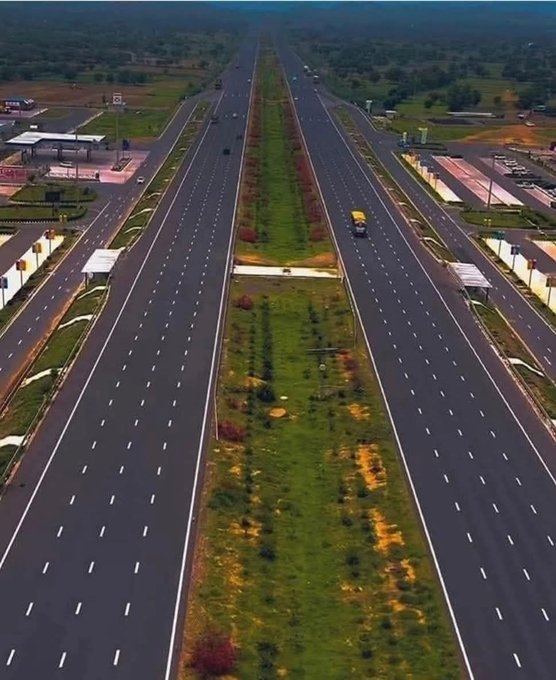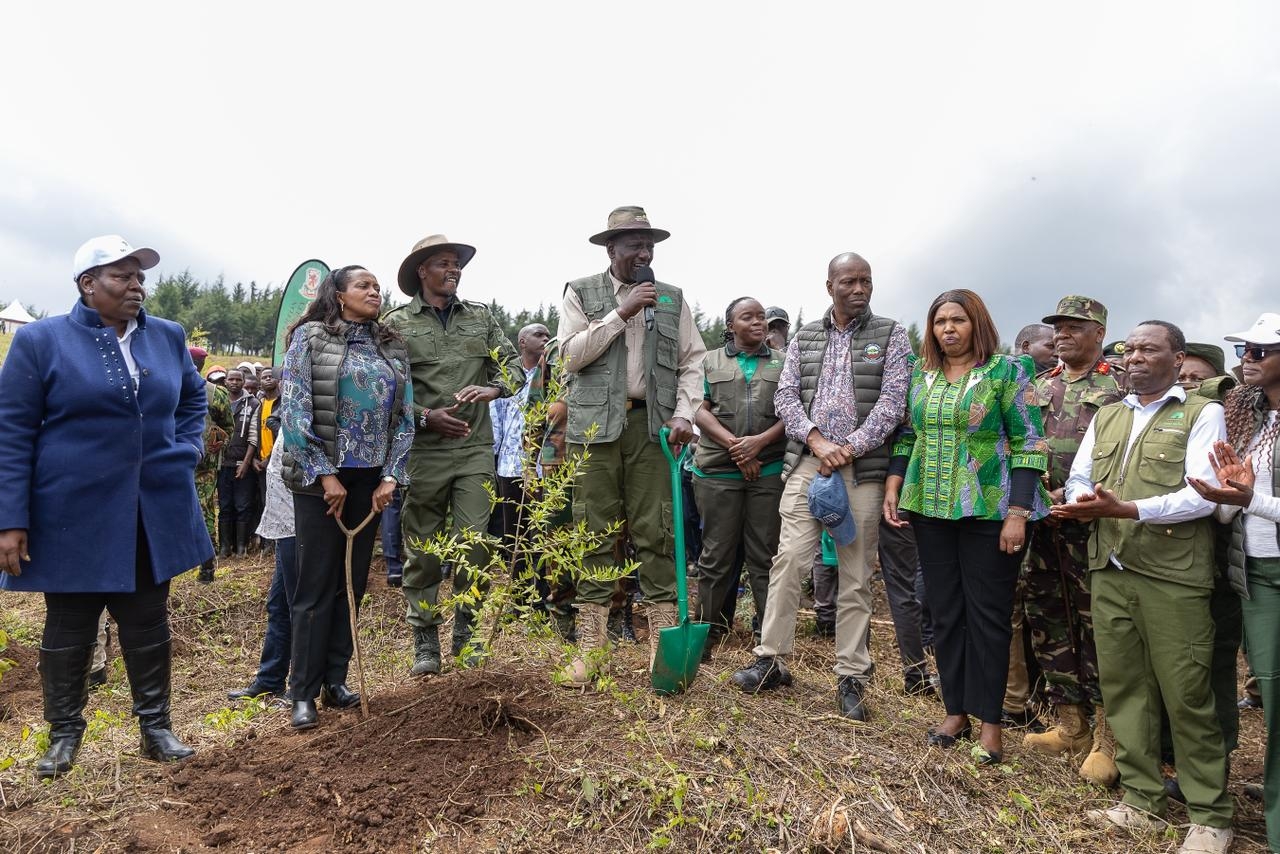One of the most effective ways by which a region of any country can be helped to achieve economic growth is through transformative infrastructure projects.
In Kenya we have one outstanding example of this.
First was the Thika Superhighway, built during the presidency of Mwai Kibaki. This project put an end to the famous traffic jams on the old Thika Road, which used to make the morning commute from the townships along Thika Road take about two hours.
By making it easy for anyone living in the regions between Nairobi and Thika to easily commute to work in Nairobi and back, this one project helped to convert thousands of acres of farmland into valuable real estate. In the process, it led to the urbanisation of that entire region and created millionaires who had previously been lower-middle-class coffee farmers.
Something of that kind may soon happen in Mombasa’s Likoni subcounty.
Let us look at the current statistics.
Likoni has an estimated 65,800 households living in houses of which 50 per cent are stone walled, while 35 per cent are of mud or brick. Eighty-three per cent of these houses have corrugated sheets for roofing and there are only a dozen or so buildings that are over two storeys in the entire subcounty. The sanitation and disposal system is 60 per cent pit latrine, with fresh water sources from water vendors standing at 15 per cent, boreholes at 35 per cent and only 22 per cent piped into dwellings.
The channel that separates Mbaraki on the Island and Likoni on the mainland is about 850 metres long or a 15-minute walk on land.
In reality however, for pedestrians using the ferry it takes on average 35 minutes to cross at off-peak and up to 90 minutes at peak times. For vehicular crossing, it can take up to 120 minutes regularly.
This makes movement to and from Likoni cumbersome and therefore unattractive for investments in manufacture and housing, and expensive.
This has given this subcounty the unfortunate branding of being a dormitory town, where 41 per cent of its labour force works for pay elsewhere, while another 14 per cent are unemployed but look for work again outside its precincts. This results in over 200,000 persons crossing the channel by ferry daily.
How then shall an infrastructural development like the Dongo Kundu bypass highway from Miritini in Mombasa West to Likoni in Mombasa South change this subcounty?
First, we note that there are goods manufactured in Mombasa which are transported both to upcountry destinations within Kenya, as well as to Tanzania. Then there is fresh produce brought to Mombasa from upcountry farms.
The 12km dual carriageway highway with two main bridges measuring 400 metres and another a record-breaking 1.5km long connects the major logistics routes of the Northern Corridor at Miritini to the Central Corridor via Tanga using a traditional trade route linking the ports of East Africa.
Interchanges linking Mombasa International Airport, Port of Mombasa and the main industrial areas of Changamwe-Miritini-Jomvu to this bypass increase its importance.
Over 25 tonnes of fresh foods daily destined for Likoni and beyond shall bypass the Mombasa central business district, reducing the addon logistics costs.
Let us look at the time value this infrastructural development brings about.
Any product transported from Mombasa to Dar es Salama in Tanzania shall henceforth reduce travel time by three hours by using this route on a trip that takes about 10 hours. The time value translates to a transporter potentially being able to do 25 per cent more trips per month, hence, quicker repayment of financing and lower overall cost of asset if finance.
Lastly, how would the micro economy of the subcounty change after the opening of the highway?
Currently, a parcel of land in Likoni is estimated to be up to 45 per cent cheaper than similar acreage in other densely populated lower-rent areas in Mombasa
The new roads and bridges will make what is now farmland mostly owned by small-scale farmers, turn into valuable real estate with potential for either logistics hub warehouses or modern housing.
All this even before the development of the Dongo Kundu Special Economic Zone.
It remains our hope that Mombasa county is anticipatory and ready to exploit this potential, which would create thousands of jobs in construction and logistics, and may revive the stone quarries that were the only large-scale employer in Likoni.












